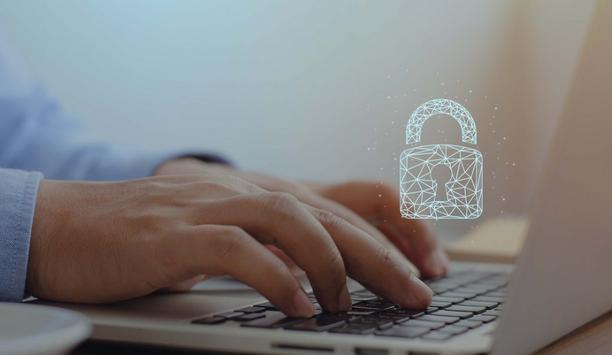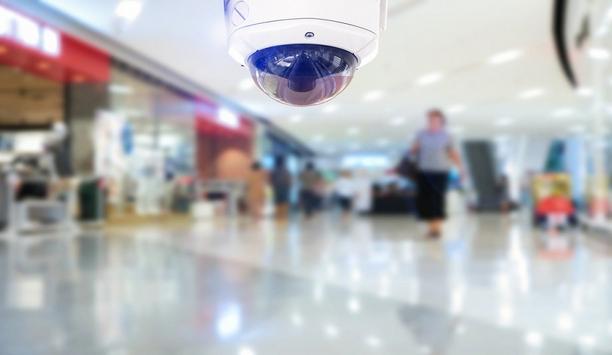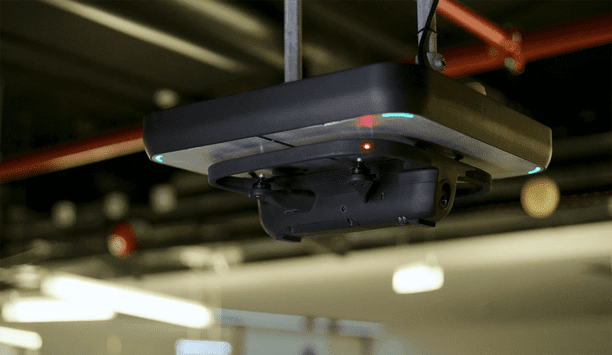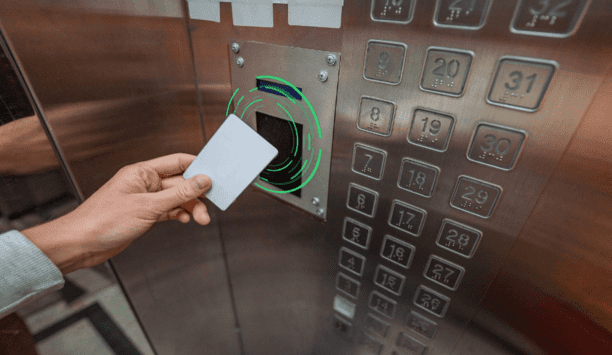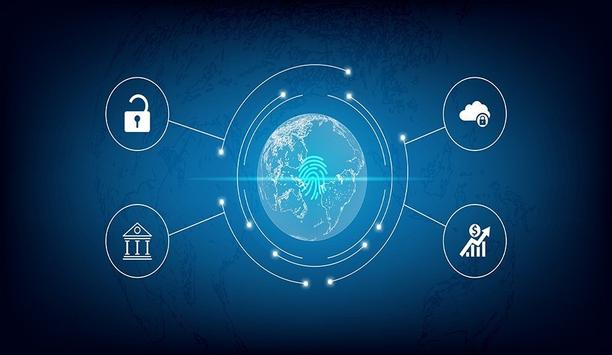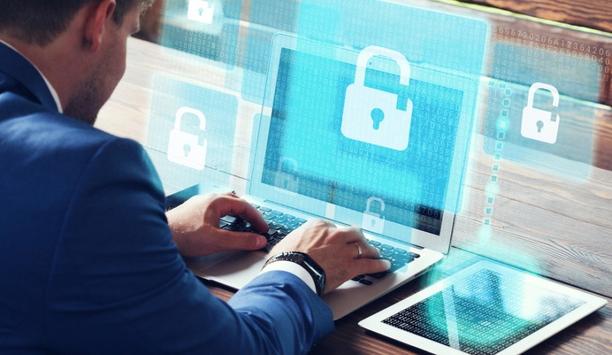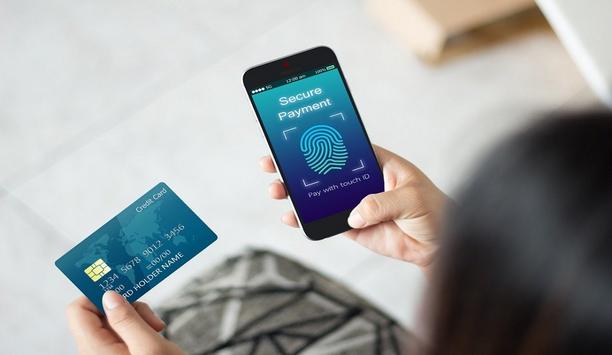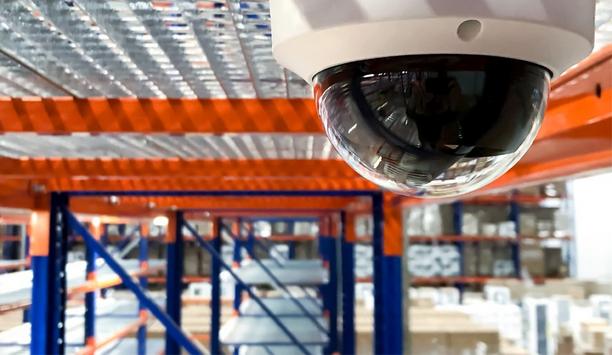Technology & Trends - Access Control
For both employers and employees, a safe workplace is crucial. But what about the security of those who keep us safe? Worker safety The physical security industry and its personnel are not only valuable but also indispensable assets in workplaces. Most private and public sectors rely on it to keep their respective communities and stakeholders safe. Hence, it is extremely crucial to ensure the safety of physical security workers. The security industry, regardless of size, must prioritise safet...
Managing the technology stack and known vulnerabilities is becoming a key criteria for cyber insurance pay outs. Open source software has once again made the headlines following warnings to organisations about the release of a new version of OpenSSL. Released on 1st November 2022, the new version patched vulnerabilities in version 3.0 and above of the nearly ubiquitously used cryptographic library for encrypting communications on the Internet. Remote code execution The OpenSSL Project team to...
With Black Friday on the horizon and shops and warehouses busier than ever, Elliot Roddy, Operations Director at CDX Security Group has shared some tips on how to keep the must-have gift items safe and secure: Regular monitoring and CCTV, Stock control and audits, and Partner with a trusted security firm. Staying alert with the must-have items Each year, we see certain items gain popularity and become the year's must-haves. This year, social media and the rise of TikTok have accel...
In the past five years, the retail landscape and the relationship between consumers and businesses has shifted drastically. It wasn’t too long ago when shopping at malls was considered a family activity and consumers shopped at local stores where they knew and interacted with sales personnel. Today, however, malls and interactions with employees are relics that accurately portray the way retail used to work. Retail companies have shifted their consumer model to focus on the online market...
Redevelopment, restoration, retrofit. No longer are these terms modestly viewed as construction buzzwords. Across the world, there’s an increasing appreciation and a budding culture that maintaining older buildings is the way forward for the planet and its people. Globally, cities are said to be responsible for 78% of the energy consumption, of which, buildings account for around a third of the total. And when users consider that up to 80% of the current buildings are expected to still be...
The outlook for advancements in door security solutions is proving to be an extension of the positive trends that have emerged over the past few years and that continue to evolve in exciting new ways. That’s a good sign as we make our way along the road toward an ever-safer world. Improvements in a hybrid workforce Here’s what we’re seeing: More and more companies are rethinking the office space and how electronic access control (EAC) security and data can help better s...
There’s a new security paradigm emerging across malls, server farms, smart office buildings, and warehouses, and its advantage over the status quo are so broad they are impossible to ignore. Instead of a lecture, let’s start with a short narrative scenario to illustrate my point. Darryl's work Darryl works as a security guard at the Eastwood Mall. Like any typical evening, tonight’s shift begins at 9:30 PM, as the stores close and the crowds thin. His first task: Ensure that...
RFID and emerging mobile access technologies are easy to implement and allow elevator access to be integrated with other access control solutions throughout the building, from building entry to printer access. The right RFID reader can help reduce complexity by migrating diverse older technologies into a single convenient solution. Ways RFID Works Radio-frequency identification (RFID) and smartphone-based credentialling systems using Bluetooth® Low Energy (BLE) or Near-Field Communication...
In recent years, multinational corporations such as Cathay Pacific, Facebook, Uber, and numerous others have been heavily fined due to security and data protection violations. This period has seen data protection laws increase as more and more information is gathered and shared online. As such, it becomes crucial to account for security capabilities when choosing an embedded device that touches potentially sensitive data. RFID readers RFID readers very much belong to the ecosystem wherein per...
You’re no psychic. You probably don’t have the power of clairvoyance. But guess what? When it comes to your security, none of that matters. You can still create future-proof security by properly equipping yourself. Here’s how. Understanding access control Security is changing faster than ever before. With new threats inside the workplace and smaller security teams taking on more tasks, IT and security personnel must automate their processes using new technology. One difficu...
Hybrid cloud computing enables organisations to segregate their resources and workloads on-premise, in a private cloud, or a public cloud. But despite its many benefits, the hybrid environment also creates security concerns. AlgoSec’s co-founder and CTO, Prof. Avishai Wool shares his expert insights on some of these concerns and offers best practices to boost hybrid cloud security. Hybrid cloud computing Hybrid cloud computing combines on-premises infrastructure, private cloud services,...
At the start of the millennium, GRC was still very much in its infancy. Fast forward to 2022 and it is no longer seen as a siloed process. Now it is an organisation-wide concern that permeates every decision from C-suite to the shop floor. And its evolution shows no sign of slowing down as modern solutions are changing the way that GRC processes are delivered and embedded into day-to-day operations within organisations. So, what does the future look like? In an era where risk is accelerating, w...
If defence is the best form of attack, then in security, planned preventative maintenance (PPM) is the best way to protect your business from harm. Also known as PPM, the service ensures that your security efforts are up-to-date and effective. In the latest how-to guide, discover the benefits of planned preventative maintenance and learn how to add PPM to your building. What is Planned Preventative Maintenance? You have installed all of the necessary security measures for your business, now wh...
Although the wider adoption of 5G, together with faster connection speeds and improved bandwidth, opens up new prospects for telecom service providers, it also poses new risks in terms of network security. This article explains how telcos can make their newly-established 5G networks as well as telecom software solutions more impenetrable and secure. Implement robust device authentication protocols 5G is set to spur a wide-scale adoption of connected devices in the business and consumer sphere...
Although inflated fuel prices have somewhat settled since the summer, recent changes in legislation mean construction sites are particularly vulnerable to attempted fuel thefts. Read on to find out what’s changed, and what’s proving effective in mitigating the threat. What are the changes? As of April, this year red diesel can no longer be used in a range of vehicles, including those in construction. That means fuel bowsers are now filled with the same white diesel available to m...
The growing mobile ownership rate, the emergence of more user-friendly banking apps, the tech-native younger generation, and, of late, the pandemic-induced shift to online, all create a fertile ground for mobile banking. Unfortunately, the acceleration of banking app adoption today goes hand in hand with the increase of targeted security threats. In 2022, a month wouldn’t go by without a headline-making mobile banking attack or incident that resulted in stolen funds and sensitive personal...
It’s clear that despite recent layoffs in the tech industry and general unease about the economy, there are still significant gaps in the number of jobs available and the amount of workers available to fill them. According to the Labour Department, there are 5.5 million more job openings than workers available. The physical security industry is not immune to these shortages. Last fall, Allied Universal reported being unable to fill thousands of open roles nationally while other smaller s...
Identity management is an important element of both data security and physical security in an organisation. But all ID management solutions are not the same—especially when it comes to security. There are no uniform security standards for the industry, and many off-the-shelf systems fall short when it comes to data protection. To protect people, property, and data, make sure you select a system that maximises security at every stage. What is identity management? Identity management&mdas...
The smartphone is an integral part of our daily routines. The communication and entertainment device of yesteryear has become a serious player with which we increasingly handle sensitive processes, such as payment transactions. BLE or NFC authentication At the supermarket checkout, more and more customers are pulling out their smartphones instead of their wallets. Apple Pay, Google Pay, or specific banking apps make it possible: to hold the smartphone in front of the reader of the checkout sys...
For the past few years, security professionals have had to change the way that they go about protecting their organisations. From challenging old assumptions around access control through to implementing more access management and authentication policies, security has been at the heart of how companies have responded to the pandemic. The journey to more modern security processes that could support more flexible working was a rapid one. Remote work programmes have bedded in, based on how IT sec...
Cloud-based video surveillance as a service (VSaaS) is in a period of significant growth at present. In fact, the global VSaaS industry was valued at $2.2 billion in 2020 and is expected to reach $4.7 billion by 2025. Part of the reason for this growth is the increased adoption of the technology within shops, restaurants, and other retail settings. A cloud-based video management system can be valuable for businesses of all kinds, but those in the retail or restaurant industries are often able t...
The banking market continues to evolve through the growing use of digital and mobile devices, as more branch operations aim to enhance convenience and service for the customer. These advancements also create more significant opportunities for fraud and loss. Together, these two trends come full circle: Increasingly sophisticated fraud techniques require organisations to pursue new approaches to preventing and detecting such activities. Digital transformation But before we lead down that path,...
One of the biggest security trends in the last two years has been the adoption of cloud-based services, spearheaded mainly by an increasing number of video surveillance-as-a-service (VSaaS) offerings. VSaaS market value According to MarketsandMarkets Research, the global VSaaS market value is expected to reach $6.2 billion by 2026. This growth is propelled by demand for remote access video services, less local hardware to maintain, new internet-enabled devices, and a lower total cost of owners...
In the UK there is a new data reform act working its way through the legislative process. As the law changes, the market changes – so this year will see many companies trying to read the tea leaves and adapt their offerings to take advantage of the emerging changes. The security marketplace is, apparently, constrained by the need for great privacy – it appears to be a zero-sum game – you can have privacy, or you can have security, you can’t have both. In the second half...
Enterprise security directors often count on an integration firm to handle jobs ranging from day-to-day activities to long-term, technology-laden projects. However, before entering a relationship, you must know what's reasonable to expect from an integrator – as not all are created equal. Here are some tips that might make the selection process easier. Completing comprehensive classwork An integrator's experience working in an enterprise environment is an obvious consideration. Ideally...
Organisations have shifted business focus countless times since the onset of the pandemic. While many leaders have been primarily concerned with the immediate health and safety of their customers and employees, 2022 has given rise to a new trend: More than ever, business leaders are seeking security solutions that increase operational efficiency and cost savings as well as improve logistics and business insight. As working environments become more complex, organisations looking to drive higher...
Back in 1890, Samuel Warren and Louis Brandeis published a ground-breaking article in the Harvard Law review called ‘The Right to Privacy’. To this day, it is regarded as one of the most influential essays in the history of American law and is widely regarded as the first publication in the United States of America to advocate a right to privacy, articulating that right primarily as a ‘right to be let alone’. In this essay, the authors questioned whether the arrival of p...
Many people, quite correctly, point to Salesforce.com—which launched in February of 2000—as the first example of cloud computing. In the years following, the term ‘cloud’ became so popular and was applied to so many products and service offerings, that it became almost meaningless. The result was cloud confusion in the business world and in the media. In one stark example from 2008, Oracle CEO Larry Ellison described news stories about cloud as, ‘complete gibberis...
We must leverage existing technologies like social media monitoring, gunshot and weapons detection, and real-time watchlist alerting. We owe it to our children. The recent news of the Dallas elementary school shooting absolutely gutted me. It’s a tragic and incomprehensible loss of life. A question I hear being asked again and again – could technology have made a difference? From my experience, modern technologies can help schools mitigate some of the damage and provide an early w...
Currently and unfortunately, there is no such thing as Cloud Police. If there were, two-thirds or more of the companies using ‘cloud’ in their advertising and documentation would be in Cloud Jail for seriously misusing the word in their marketing. The term ‘Cloud’ is over-used and misused—sometimes intentionally and knowingly, but also often in ignorance. It’s just a word—but in the context of cloud computing technology, it does have a specific meaning...
Browse expert commentaries
Related videos
CLIQ Connect
DNAKE Access Control Terminals: Minimalist Design, Maximum Security!
Unlock the Future with Abloy Pulse: Keyless, Energy-Efficient Security Systems
Dahua Smart Dual Illumination Active Deterrence Network PTZ Camera
Hikvision DS-K6B630TX: Smart Pro Swing Barrier for Modern Access Control
Climax Mobile Lite: Advanced Personal Emergency Response System (PERS)
One system, one card
DownloadAligning physical and cyber defence for total protection
DownloadUnderstanding AI-powered video analytics
DownloadEnhancing physical access control using a self-service model
DownloadHow to implement a physical security strategy with privacy in mind
Download
